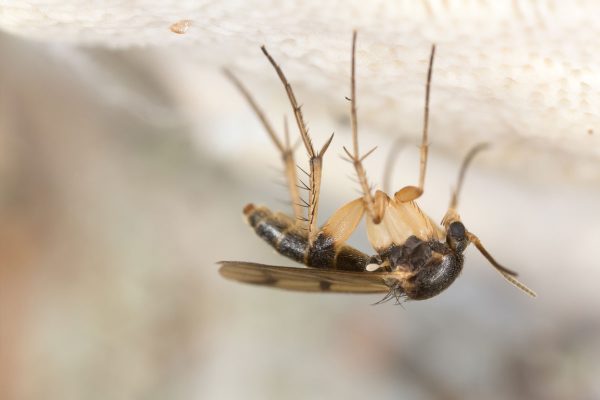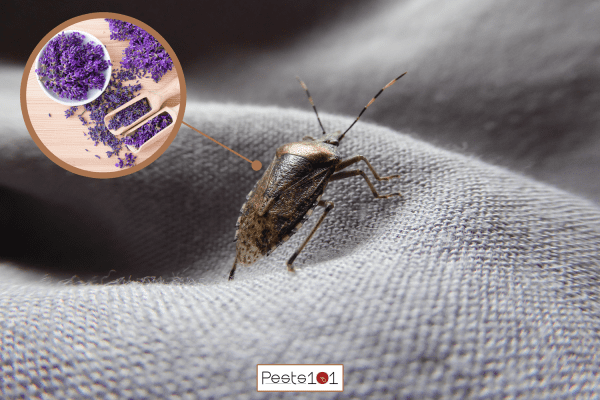Knowing how to apply the insecticide properly will determine the success of your pest control endeavor. If you have chosen Bonide neem oil spray as your insecticide and need guidance regarding its use, you've come to the right page. We asked the experts how to use it and here's what they taught us.
To use Bonide neem oil spray, just shake the spray bottle then direct the nozzle at the infected plant. Coat the whole plant with neem oil including the stem and underneath the leaves. Reapply after seven days to control the infestation.
Keep on reading to know more tips on the proper application of Bonide neem oil spray. We'll also answer if you can spray neem oil directly on the plants, what plants you shouldn't use neem oil on, and how long it takes for this natural insecticide to work. Let's get this started!
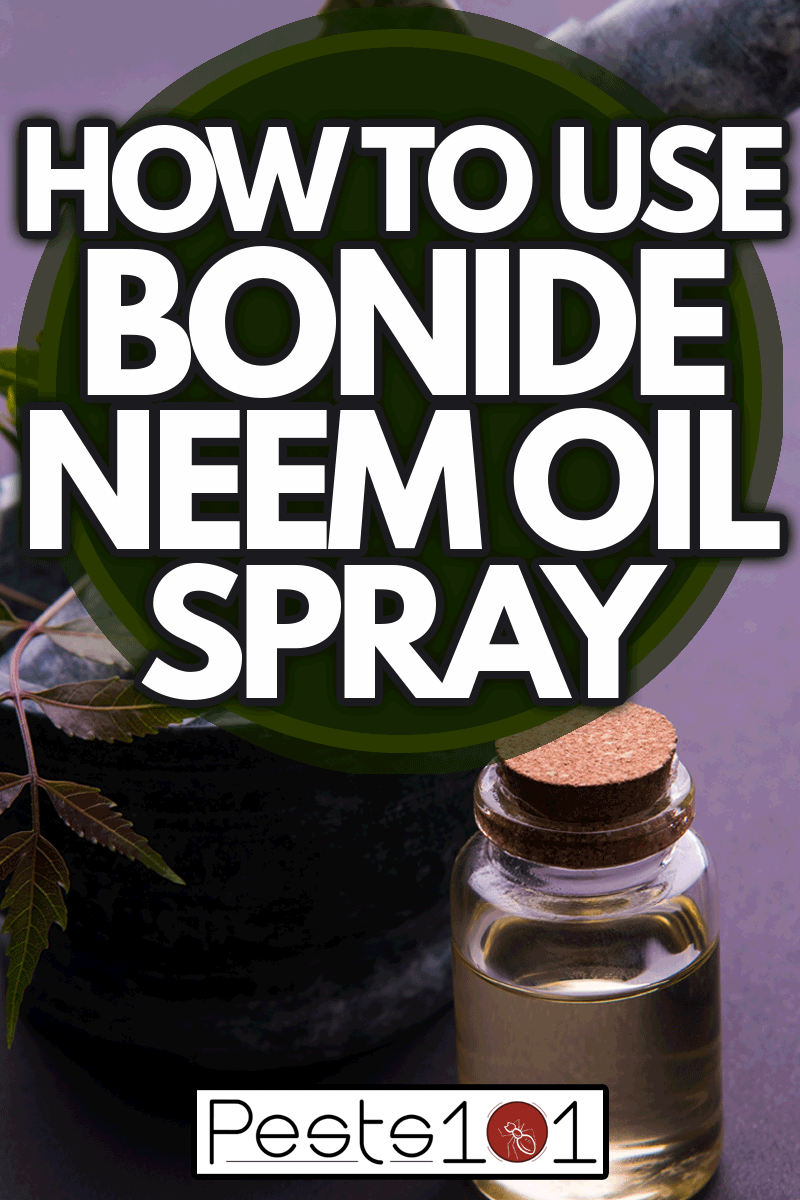
Does Bonide neem oil spray need to be diluted?
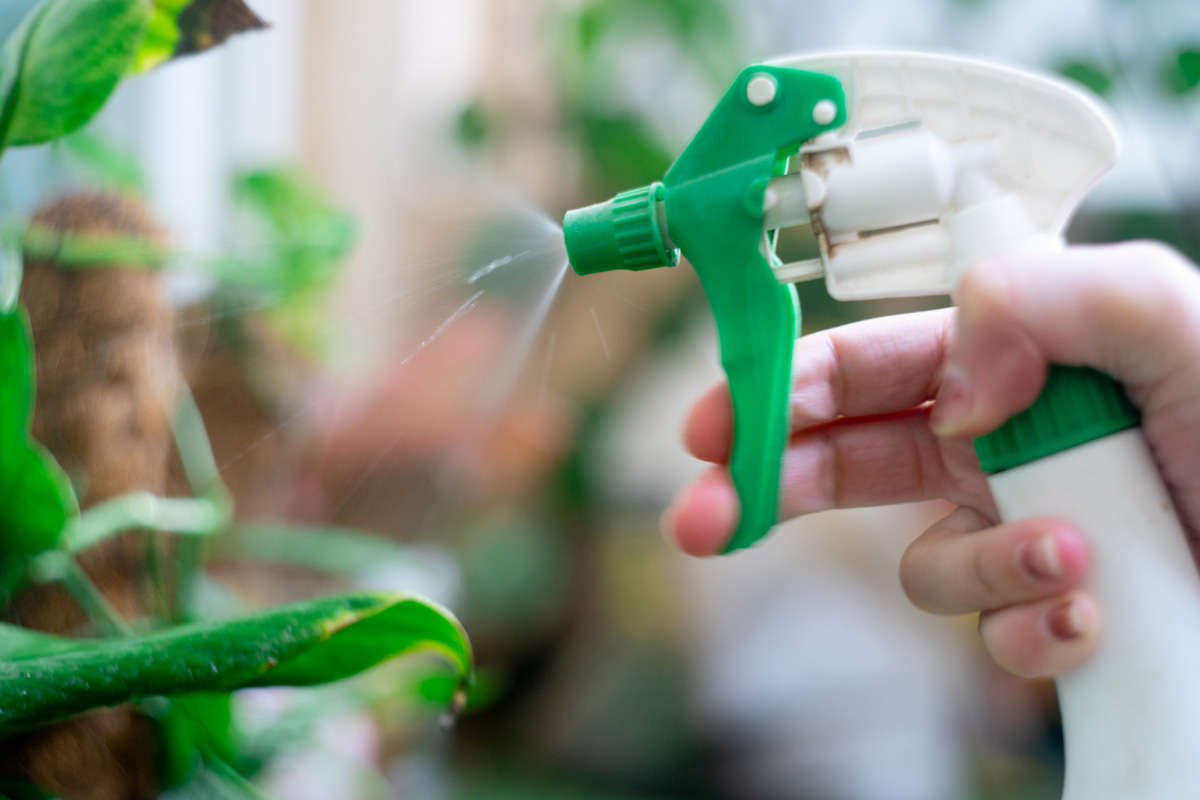
Many homemakers prefer to use pesticides with natural ingredients when it comes to treating pests in their homes. These are safer to use on their plants even with pets and kids around.
That is why Bonide has been a trusted brand among gardeners for almost a century now. Its neem oil spray works three ways - as a pesticide, miticide, and fungicide.
Check out this link to find this product on Amazon.
It works by killing the eggs of insects and mites. It also stops the growth of their larvae to inhibit the development of the pest population. It also kills adult insects. As a fungicide, it protects your precious plants from fungal attacks. It can prevent powdery mildew, black spots, and rust.
Another good thing about Bonide neem oil spray is that it is so easy and convenient to use. It comes in a ready to use formula so there's no need to mix it with other substances nor dilute it in water before you use it for your pest control treatment.
How to Use Bonide Neem Oil Spray
To use the Bonide neem oil spray, you just need to give the bottle a good shake to make sure that the prepared mixture is well-blended. Then, direct the spray nozzle at the affected plant and coat it all over with neem oil including the stems.
Make sure even the undersides of the leaves are covered. You can reapply neem oil after 7 to 14 days. This will help you in controlling the infestation.
It can also be used as a dormant spray to protect your plants all year round.
But if you have the Bonide neem oil concentrate, you need to mix it with water first before application. Check the label for the proper ratio according to the plants and the pest that you're treating. After mixing and putting it in a spray bottle, the procedure for the application is the same.
Click this link to find this neem oil concentrate on Amazon.
Can you spray neem oil directly onto plants?
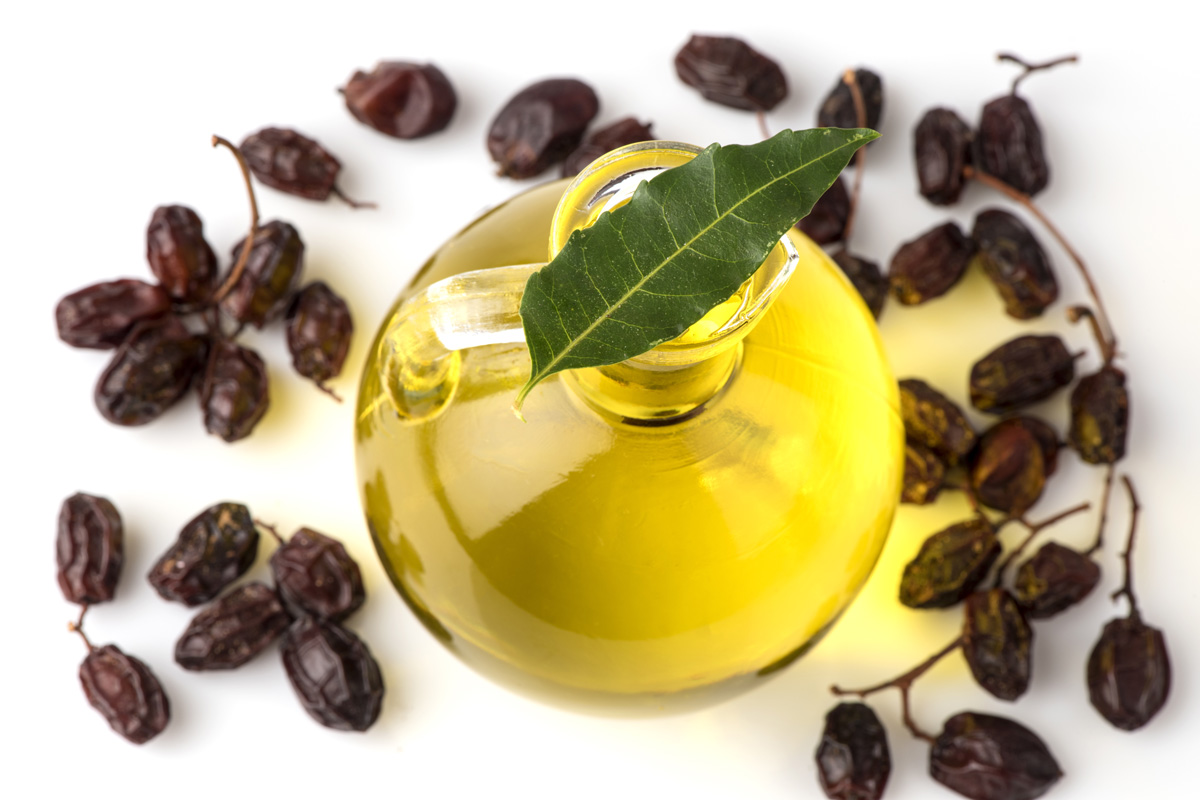
Neem oil is extracted from the seeds of the neem tree or Azadirachta indica tree. This oil contains limonoids and the most potent of them all is Azadirachtin which is a powerful pesticide straight from Mother Nature herself.
As can be expected with a natural pesticide, its level of toxicity is low and it can be used on ornamental plants, flowers, herbs, shrubs, trees, and indoor houseplants. It is safe to use on vegetable and fruit-bearing plants and trees even on the days leading up to harvest time.
However, some experts warn users regarding the possible adverse effects of neem oil on certain plants. It can cause the leaves to be burnt or turn yellow.
24-hour Leaf Test
That's why experts advise users to do the 24-hour leaf test first before applying neem oil directly on the entire plant. Choose a small leaf and apply neem oil all over its surface and underneath it. Wait for 24 hours and observe what will happen to the leaf.
If it is unaffected, then you can use neem oil on the whole plant. But if the leaf turns yellow or looks like it was burned, don't proceed with the neem oil treatment to avoid further damage to the plant.
The foliage is burnt when too much neem oil has been applied to the plant. It takes longer to be absorbed by the plant. When the sun's rays come into contact with the oil-coated plant, it can cause the leaves to be burnt.
Meanwhile, the leaves can turn yellow also when neem oil has been heavily applied to the plant's surface. It coats and blocks the pores of the plant which prevents it from breathing and making food.
Cold-pressed Neem Oil Application
For those using the cold-pressed neem oil concentrate, make sure you dilute it in water and add an emulsifier if needed before application. This way, it won't be too strong that it ends up damaging the plants.
It is also advised that you apply neem oil in the late afternoon to give the plant enough time to absorb it before it comes into contact with the sun's rays the following day.
What plants should you not use neem oil on?

Despite being a natural pesticide, neem oil is not recommended to use on all plants. Some examples are herbs and vegetables such as basil, parsley, thyme, lettuce, arugula, and spinach.
Those with delicate and wispy leaves are sensitive to neem oil as their foliage will get damaged easily once the sun hits their oil-coated surface.
It is also not a good idea to use neem oil on plants with fuzzy leaves and stems because the oil will not stick well on their surfaces. Remember the plant has to absorb the oil so that it will be protected.
There are also seemingly sturdy and thick plants that don't react well to neem oil. That's why it is very important to do the 24-hour leaf test before treating your plant with this insecticide.
How long does neem oil take to work?
For consumers besieged with pest infestation woes, this is the most important question. They need to know how long the product would take effect and solve the outbreak before it causes further damage to their plants and property.
This may be one of the downsides of using a natural pesticide. Although azadirachtin is a potent chemical, it does not act fast enough to kill insects.
Neem oil is a systemic pesticide. It is absorbed by the plant and the active ingredients are distributed all throughout its vascular system.
When the pests eat any portion of the plant, they ingest the pesticide which affects their hormones. It will cause them to lose their appetite for eating and reproducing. It also stops the maturation of larvae to prevent the population growth of the pests.
In this sense, you have to understand that it is a slow process. You might be able to see the results in three to four days but in some cases, you would need to reapply it after seven days to gain control of the pests.
Final Thoughts
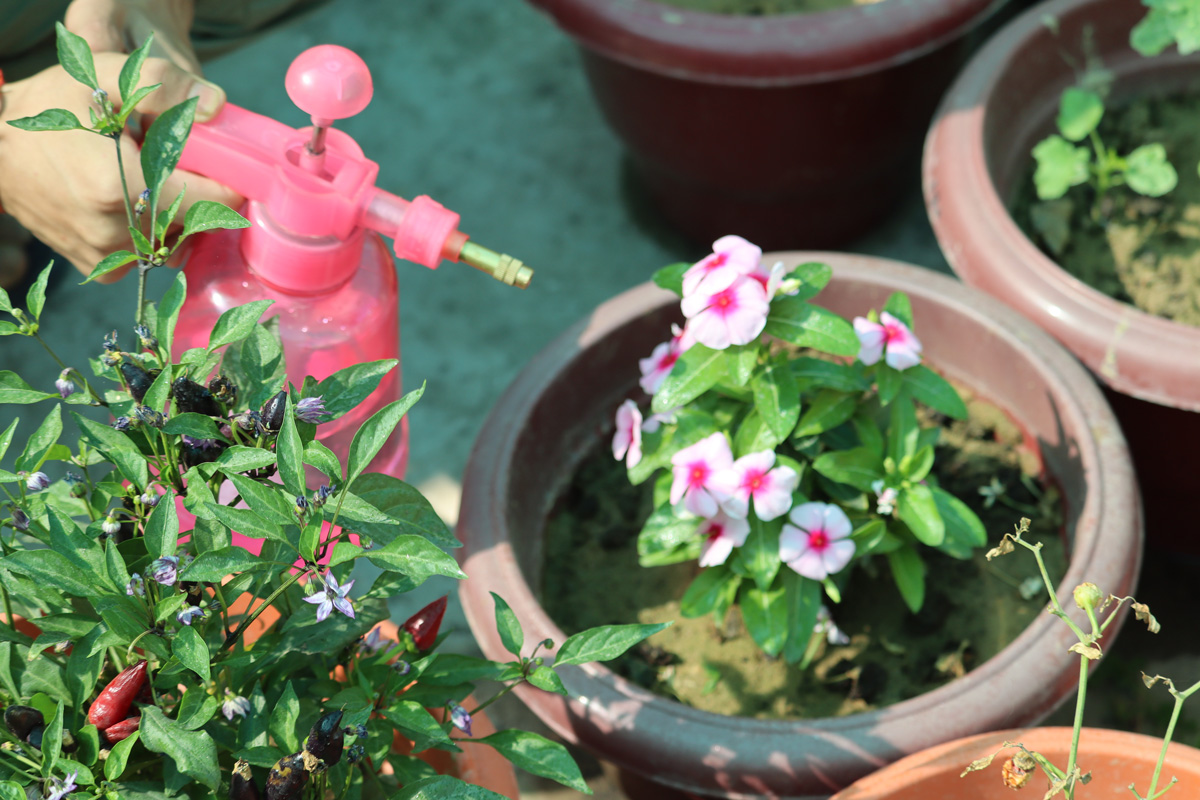
Bonide neem oil spray comes in a ready-to-use formula so all you have to do is spray it on the affected plant and wait for it to do its thing.
For more tips on how to get rid of pests in your home, feel free to read the following posts:




